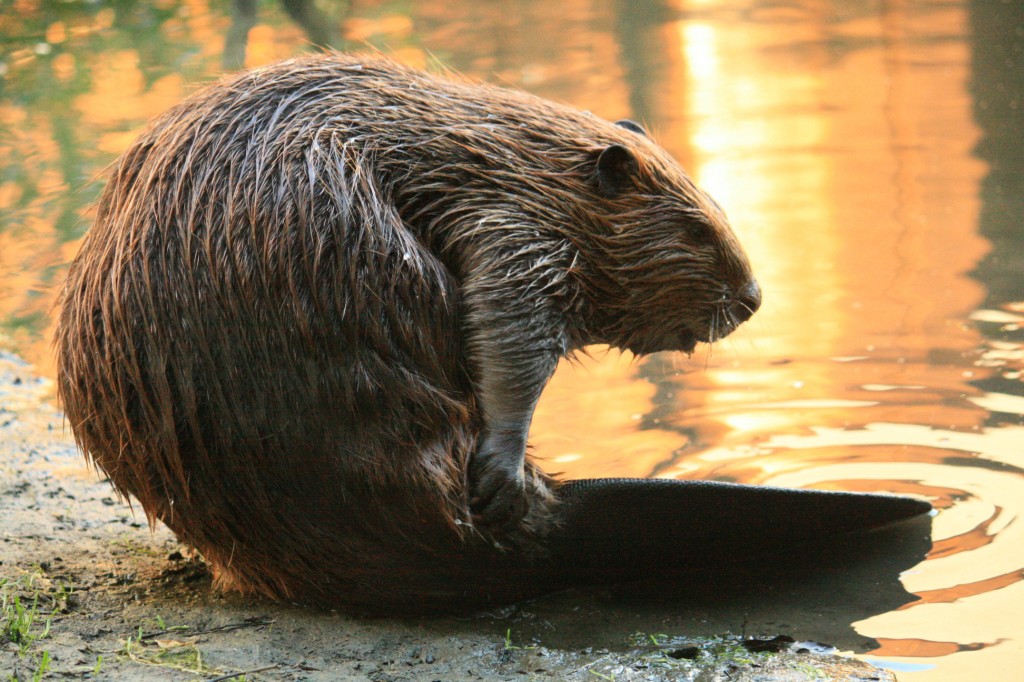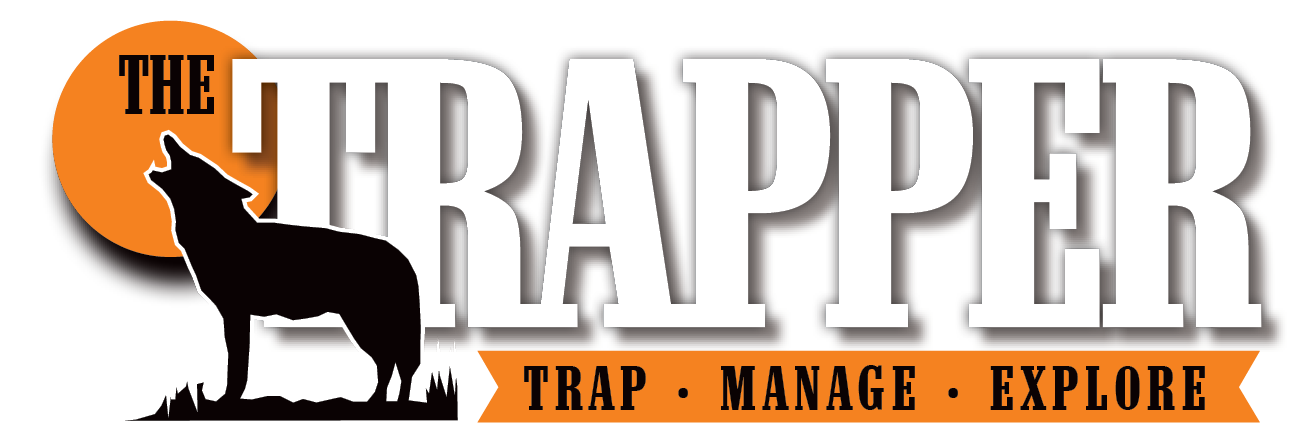By Serge Lariviére
Fall took a long time to arrive in my part of the world, as we had unusually high temperatures for this time of year. Warmer weather may please some folks, but when you are a trapper — you look forward to seeing morning frost on the grass and leaves falling from the trees. Soon enough, trapping season will be here and everyone with the passion anticipates the daily trap checks and the beauty of the scenery. Yes, some fur will be caught, some new experiences will be gathered, and we will be once again reminded why we enjoy trapping so much. This is harvest season after all — we have been waiting all year for this to come around again!
Globally, we are still in a tight spot with our industry. The COVID-19 pandemic continues to impair fur sales by reducing consumer confidence, restraining movements, retail store visits, etc. Consequently, garment sales have been low, even lower than usual these past months, and business in China, our top market in the absence of Russia, is slow. Furthermore, health precautions and sanitary measures also cause delays in the manufacturing sector, and reduce offerings on the market. The backlog of skins in processing reduces cash flow and dampens the hunger for fresh skins. There is also a considerable amount of ranch mink hitting the market from farms going out of business. So in a blunt nutshell, the outlook for this coming season shows no signs of recovery, and overall prices should remain at levels of last year, or decline slightly.
The two bright spots in our trade right now continue to be Western coyotes and castor glands from beavers. Western coyotes — the very best — should continue to come in above the $100-$150 mark, but every step down after the very best will rapidly get close to $60-$80 for Westerns, with coarser and darker Eastern pelts bringing $30-$40. Odd colors and unprime skins will remain tough to sell as the trimming market for coyotes is slowly degrading after some key companies, such as Canada Goose, slowly abandon coyote fur for other options. If you have coyotes, sell them and take what you can as this market is likely fading away in the next few years.
The current market situation for coyotes also tells you to wait for fully prime skins, since the price difference may be $30-$50 for the same animal caught too early, versus fully prime. I know that not every trapper can postpone their holidays for trapping, and that waiting usually means a lower catch, but prime fur is definitely easier to sell.
Castor glands are likely to fetch more from large beaver carcasses than the pelts — so handle them with care. Beaver fur will have difficulty exceeding the $10 mark, but a good set of castor glands may bring more than $10 at current prices of $80-$110 per pound. When you must trap beavers to fill quotas, obtain bait, or to help landowners or forestry companies, at least there is some money in the castor glands. Skin the very best pelts, but do not expect much from small beavers or pelts with bite marks. Again, in this very tough market, even the best skins will be difficult to sell. So anything with damage may be best used otherwise.
Raccoons, another staple of many traplines, also face a real challenge, so extra large and fully prime skins should be your goal. Blue pelts or anything with damage will not cover the skinning costs. Again, the best strategy for raccoons is to wait as long as you can and try to target those mid-November boars traveling to their winter shelters. Even then, do not dream of $20 averages, as the backlog of stored raccoon pelts is huge and that market is simply not there. Raccoon pelts store fairly well, and many of the current buying is done on speculation. This means that buyers purchase top skins at ridiculously low prices, hoping to make a profit when the market rebounds. It may happen someday, but not within the next two or three years. Raccoons, although abundant and fun to catch, are definitely not profit items to target this fall.
Up North, martens and fishers are key animals for some traplines, but this year, again, there will be no profit in them. Fishers sold at $15-$20 last year and martens $20-$50, with most trappers obtaining averages below $40. In the Lower 48, marten prices will not even reach the $20 mark, so hold your longlining effort if profit is your goal. Canada lynx, another Northern skin of tremendous value in the past, also may only bring $50-$60 for the very best pelts.
Muskrats should be OK to sell at $3-$5 average — not a bad deal if you have them in big numbers. And as with everything else — catch them when they are prime because low-quality pelts cost the same to tan and process as good pelts, so buyers will seek the better skins. Wild mink will bring no more than a good muskrat, and river otters will fetch $15-$20 on average, with exceptional pelts exceeding $30.
Red foxes continue to be difficult to sell and most buyers offer $10-$12 per skin. Wild cross and silver foxes are much easier to sell, and usually bring twice the price of a good red fox. Make sure to consider alternative markets if you catch something exceptional. Taxidermists often like to mount cross foxes, albino animals or animals with unusual markings (fishers with extensive white patches, martens with an exceptional orange throat patch, etc.). You may wish to ask around to find out what their needs are or what they might wish to buy.
This bring me to my final point — alternative markets. If you ever wanted to have some items made from your own skins, now is a good time. I have finally kept some fox skins for myself to have them tanned as wall hangers, and to sell to friends and colleagues. I do not expect to get rich doing that, but after tanning costs, I may be able to double the price I would have received for the raw skin itself. Most people are happy to pay a little more to not have to find and wait for the tanning process. If you have the desire, this may be a way to generate a little more income from your trapline operations. Tanned skins also make beautiful gifts, so consider that option, as well. Regardless of what you choose to do, have fun and enjoy it. Trapping season is here and once we get started — time flies!




